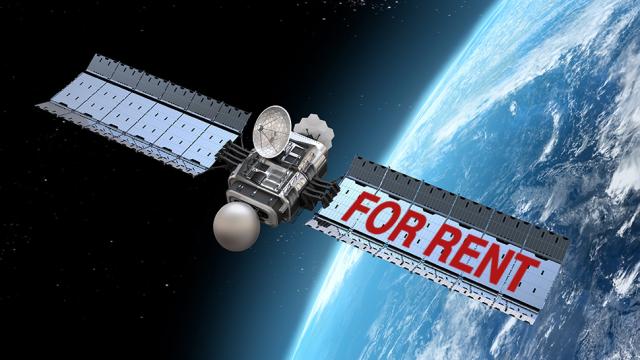On August 4, a resupply mission is scheduled to take off for the International Space Station carrying a satellite for hire with it. It’s actually a nanosatellite, since it’s only 10cm wide, and it’s yours to use if you have the cash.
Dubbed “ArduSat”, the soon-to-be-launched satellite will connect with the servers at NanoSatisfi, the Kickstarter-funded company that’s operating it, and provide students and space geeks alike the chance to do whatever they want up in space. ArduSat is outfitted with cameras, an ambient light sensor, a magnetometer and a Geiger counter, so the sky’s the limit (heh) when it comes to the sorts of experiments you can run from the ground. NanoSatisfi also sets customers up with a control panel on the ground, so that they can change the mission as you go. The best part is that it will only cost about $US250 a week to rent time with the ArduSat.
But what can one do with a flying satellite, you ask? Well, uses for the cameras are pretty obvious. Beyond that, the makers of ArduStat drew up a list of possibilities that’s divided into three categories: science, engineering and entertainments. Some highlights include tracking meteorites by tuning into the radio stations reflected by the meteors’ tails, writing algorithms to make the camera take different kinds of photos based on factors like gamma radiation and exposure to the sun, and even mapping Earth’s magnetic field. All this fun for less than half of what a monthly Manhattan studio rental costs.
The existence of a satellite for hire is more meaningful than running a bunch of experiments in space. It reflects the imminent future of space exploration — even if it’s only exploring a few miles above Earth’s surface. As more and more affordable options for going to space show up on the market, the possibility exists for more people to get involved in space research, even elementary school students. While conventional satellites cost between $US500 million and $US2 billion, NanoSatisfi plans on spending much less than $US1 million on purchasing and launching ArduSat into orbit, and over the course of its two year lifespan, the company expects to serve over 4,000 customers.
“What’s happening now with satellites is similar to the revolution that brought us from mainframe computer to PCs,” Peter Platzer, NanoSatisfi’s CEO, told The Verge this week. “Instead of huge, expensive machines, each of which is different, we have smaller, cheaper craft built on a single standard that allows anyone to create improvements for them. We’re taking Moore’s law, and we’re moving it into space.” Can you imagine a wild future where everybody has access to a satellite whenever they need it? You could probably even control it with your smartphone. Which makes me wonder: What would my eight-year-old self think of controlling a satellite in space with a pocket computer while walking down the street. I’m pretty sure it’s: The future is awesome. [The Verge, FastCo Exist]
